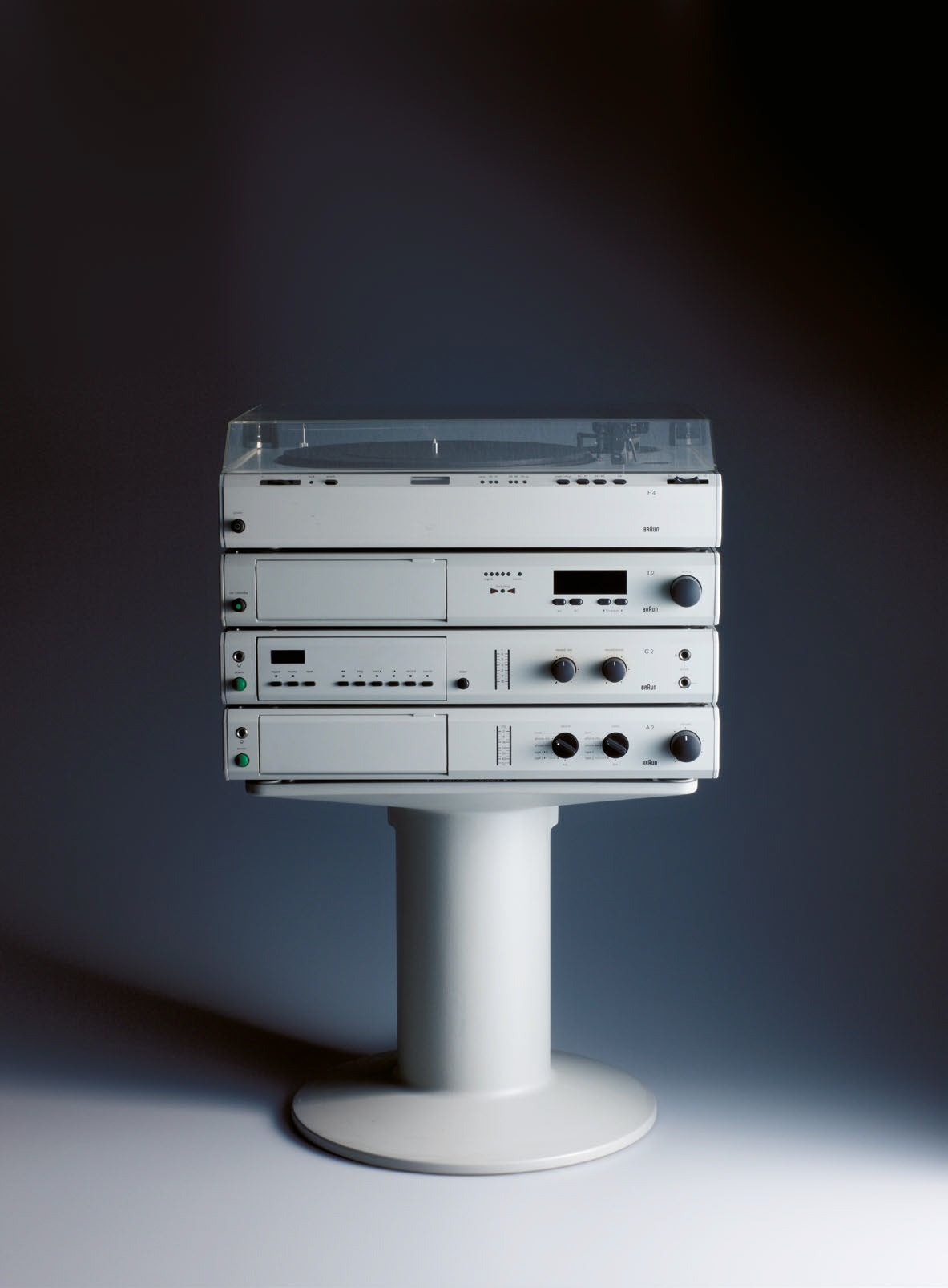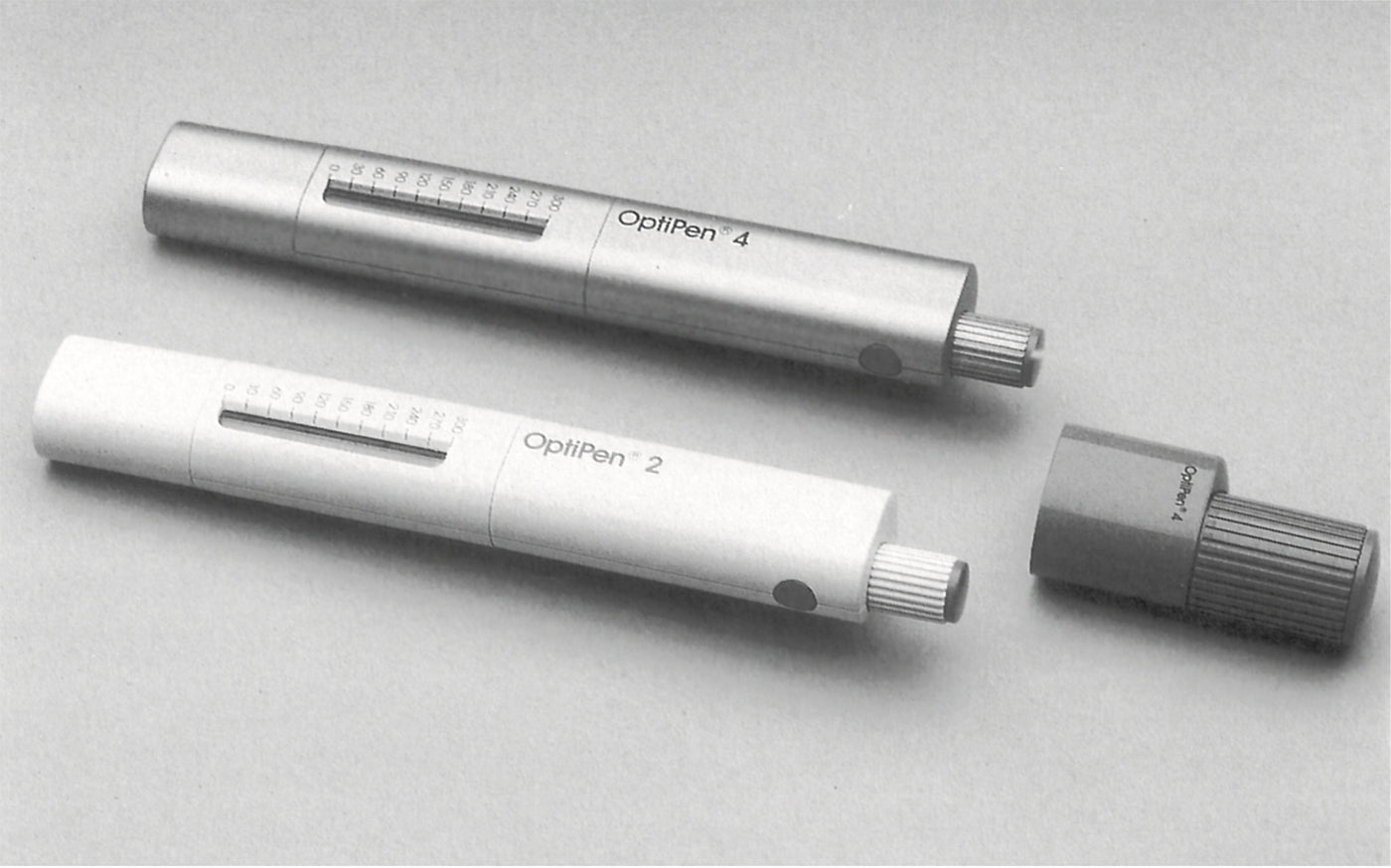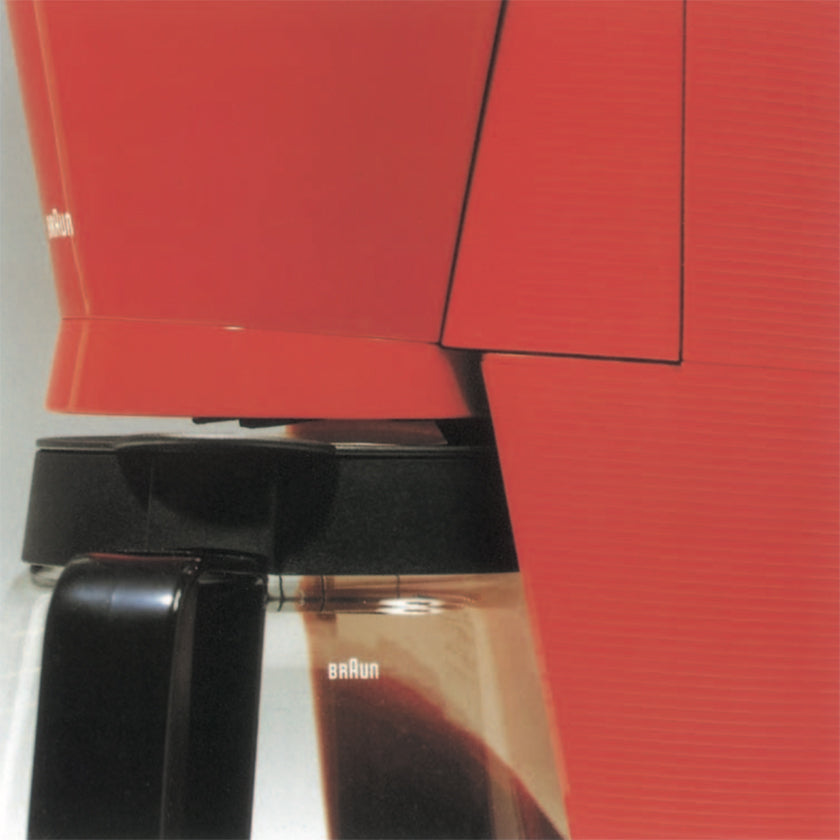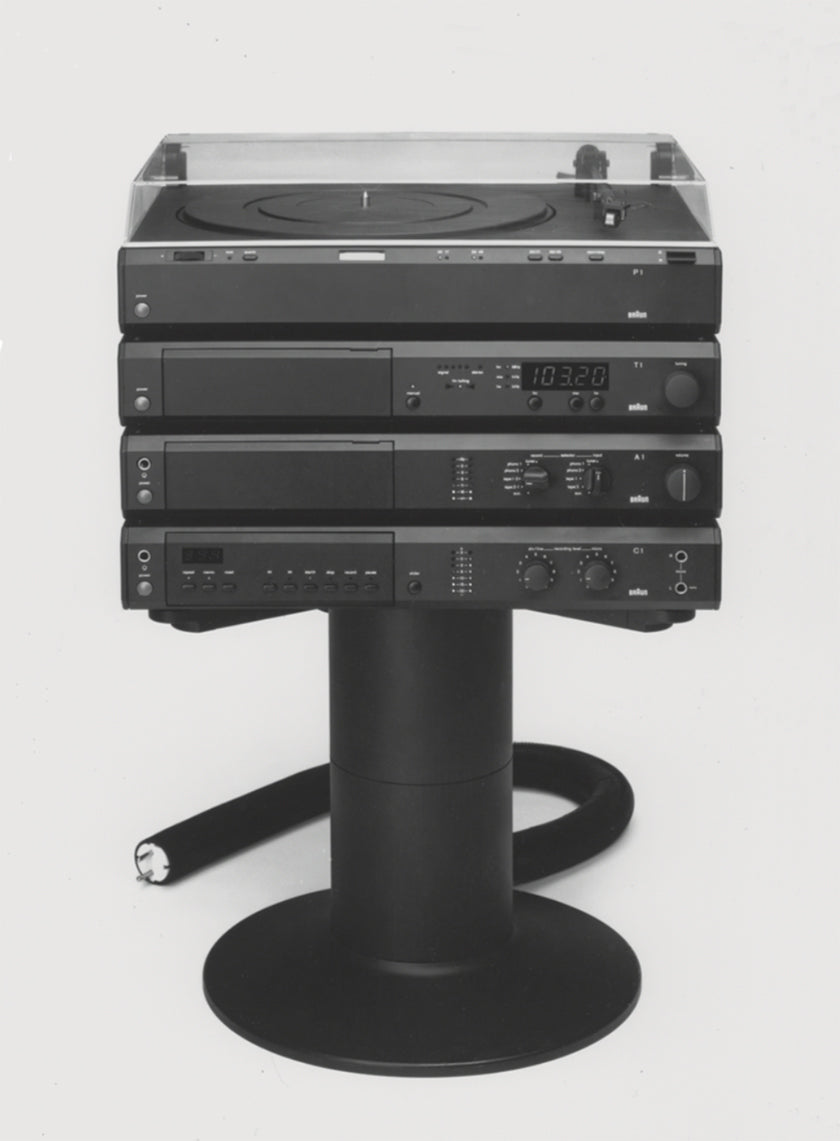
Dieter Rams On His Connection To Simplicity
Explore the creative origins of product designer Dieter Rams
Ideas of what can and must be achieved through good design are constantly changing depending on cultural and technological developments. German product designer Dieter Rams, however, came up with a foundation that advocates for the purist, almost imperceptible design. His 'ten principles of good design' are considered timeless bedrocks of design theory and practice today.

Good design is innovative. Good design makes a product useful. Pharmaceutical company Hoechst AG commissioned Rams and his team to design a handy, compact device for daily use for diabetics to inject their exact doses of insulin. What might seem obvious to us nowadays, the pen shape of the injection device was new at that time also the use of different plastics, hard and soft for grip. (Design by Peter Schneider, Jürgen Greubel, photography by Braun AG)
Head of the design department at Braun from 1961 to 1995, Rams changed household product manufacturing during his four decades at the company. Founded in 1921 by Max Braun, the company began in Frankfurt, Germany, wherein the early days there were no product designers. First devices like the famous radio and record player combination were designed by engineers. As a consequence, the designs were highly functional. That being one source of the purity of his designs as he kicked off his career there in 1955 as a young designer. He famously said, "My design ideas were shaped within the framework of Braun and it was Braun products that I primarily designed."

Good design is aesthetic. Dieter Rams said, "I have always been against the use of bright colors at Braun. The main colors were always white, light grey, black, or metallic colors… Very few products were red, yellow, or blue … offered as product alternatives for individuals who wished to add strong color accents to their environments via appliances rather than with bunches of flowers or other decorations that did not fit into the overall harmony of the room." (Design by Hartmut Kahlcke, photography by Braun AG)
His grandfather who was a master joiner had left a great mark on him as well, his notion of composition and craft especially. In Less and More, Rams shares very personal memories like a letter he had sent to Erwin Braun, former CEO of Braun and son of company founder Max Braun. In the letter, he said, “My grandfather had no machines, he didn’t like them, and he preferred to work alone; apprentices never did things well enough. He specialized in surfaces and I learned from him how to polish wood by hand, layer by layer.” The designs of his grandfather to Rams as a teenager had “reflected the economy of his way of working, they grew out of his handcraft… I absorbed it and it has been part of me to this day. I have always been concerned with the plain and the simple.”

Good design makes a product easy to understand. The color was used for information purposes during the Rams years at Braun. In hi-fi systems or pocket calculators, for example, a color-coding system had been developed that has been in use for decades. (Design by Dieter Rams, photography by Timm Rautert)
As a young adult Rams actually followed his grandfather’s footsteps and interrupted his studies of interior design at the School of Arts and Crafts in Wiesbaden to do a three-year apprenticeship in carpenters workshop.

Good design is unobtrusive. Good design is honest. Good design is durable. Rams intended to have his Vitsoe furniture pieces high usability, variety, and durability. He said, in order to achieve this high quality was indispensable and that led to having gained the products "a degree of exclusivity that was never intended." (Design by Dieter Rams, photography by Vitsoe)
Picking up his studies again, Rams started to develop a great interest in architecture, urban planning, and environmental design. In his first two years out of university, Rams worked in an architectural office until he started at Braun in 1955.

Good design is durable. Good design is thorough, down to the last detail. The cables of this stereo system are hidden within flexible tubes that are in line with the overall design of the device. (Design by Peter Hartwein, photography by Braun AG)
Prior to starting at Braun, Rams reminisces in about this moment in the book. He said, “I have to confess that for my first two or three months, I was, and remained, pretty unclear about how a company like Braun functioned,” helping out the photographers who were tasked with the job of photographing new products in a suitable environment, a young Rams was occupied with “small, harmless (but important) interior design tasks.” His first task at Braun that entailed actual product design work were alterations for the wooden radio and photo cabinets. “So there I was back with the material that I had started with–wood. But I didn’t like it anymore,” Rams recalls. He ended up using a metal casing, which he didn’t like too much either, but it went into production anyway.
Explore the legacy Dieter Rams created during his four decades at Braun and Vitsoe. Less and More gives you a clear understanding of the ideas, criteria, and methods behind his creations and how a shifting culture of product manufacturing gave rise to universal design benchmarks. The book is illustrated with color and black and white images of classic product designs complemented by sketches from Dieter Rams.
Browse Less and More here.


